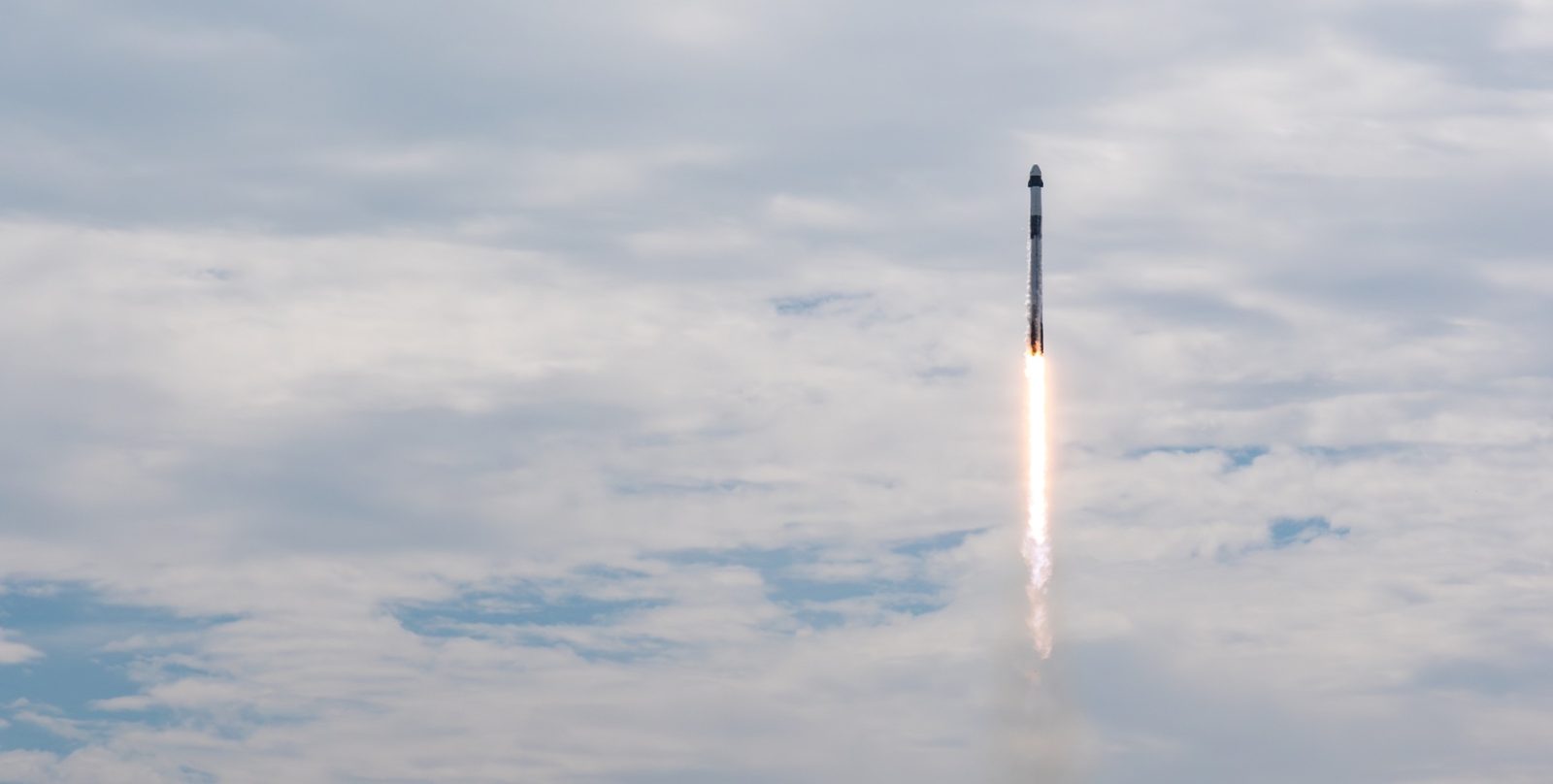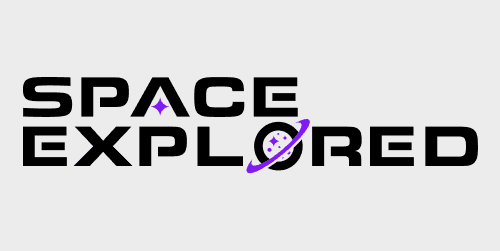
SpaceX has been the go-to launcher for both commercial and government satellites for a few years running now. Their Silicon Valley thinking and reusability innovation were supposed to spur an era of low-cost launches, something that has yet to come to NASA missions as of yet.
NASA has suffered the cost of not one, but now likely two de facto monopolies in the commercial launch industry, a report from Ars Technica shows. While launch costs to commercial customers looking at SpaceX have plummeted, NASA’s costs have increased since the 1990s.
NASA Launch Services Program, the program in charge of brokering launch contracts with providers for the agency’s scientific and exploration missions, is in a hard spot as only two companies can launch the biggest and most important missions NASA has. Those two companies are SpaceX and ULA. However, in recent years, only SpaceX has been able to bid, as ULA’s Atlas V and Delta IV rockets are either retired or have a full manifest, and Vulcan has struggled to get its launches in motion.
So against everything NASA tried not to do, it was left with a monopoly in launch: SpaceX, a company that was built to break ULA’s monopoly back when it was launching the Delta II and Atlas V in the early 2000s.
According to Ars Technica, in the 1990s, Boeing and Lockheed Martin charged NASA an average of $103 million per launch on the Delta II and Atlas V. When the two merged their launch divisions into United Launch Alliance, the average cost skyrocketed to about $205 million per launch.
In the last decade of Falcon 9 launches for NASA, SpaceX charged the agency an average of $106 million per launch. This represents a decrease compared to the monopoly of ULA, but it is a straight line when NASA moved from the Space Shuttle in the 90s. Ars then looked at launch contracts for the next few years between NASA and SpaceX; those averaged to be about $103 million per launch.
So what happened? SpaceX was supposed to bring a new era of low cost to orbit with its reusable Falcon 9 first stage and the three reusable boosters of the Falcon Heavy. Well, that did happen; the price to commercially get your satellite into orbit has never been cheaper. That is only true if you’re launching on one of SpaceX’s rideshare missions.
NASA often requires dedicated missions to bespoke orbits on a rocket booster of its choosing. Compare that to SpaceX’s Transporter or Bandwagon missions that share the payload space with dozens to hundreds of other customers, launch to generic orbits, and fly on whatever booster SpaceX has available. SpaceX is also in competition with companies like Rocket Lab to be cost competitive.
With NASA, at least for the last few years, SpaceX has had no real competition, and NASA has to compete against the Defense Department for rocket and range availability. SpaceX was just awarded the majority of Space Force launch contracts for nearly the next decade, making things harder for NASA.
This is why Vulcan and Blue Origin’s New Glenn rockets could be so important to NASA, as they could provide a small level of competition against SpaceX to lower its costs. However, it will take years for either rocket to rack up enough launches to have the same level of reliability that the Falcon 9 has.
FTC: We use income earning auto affiliate links. More.




Comments